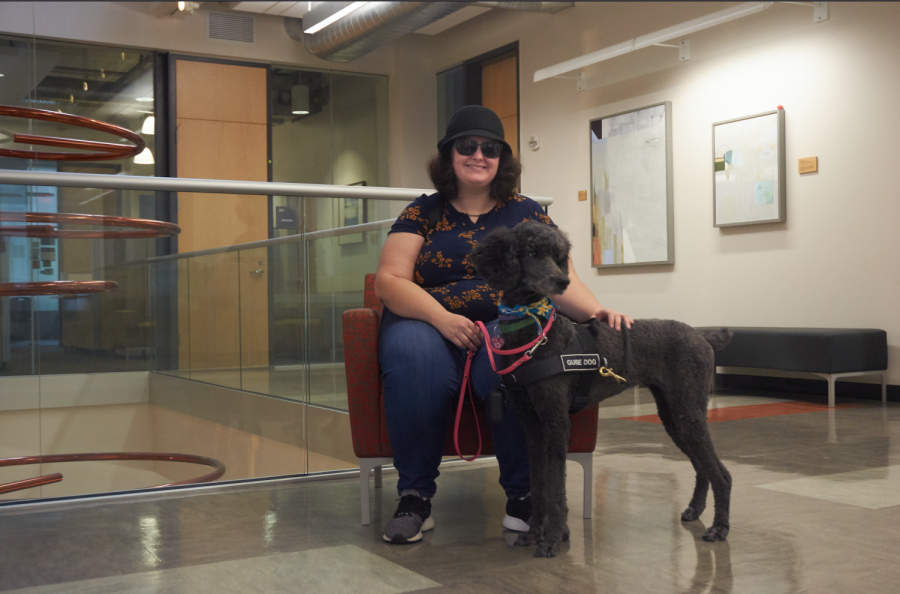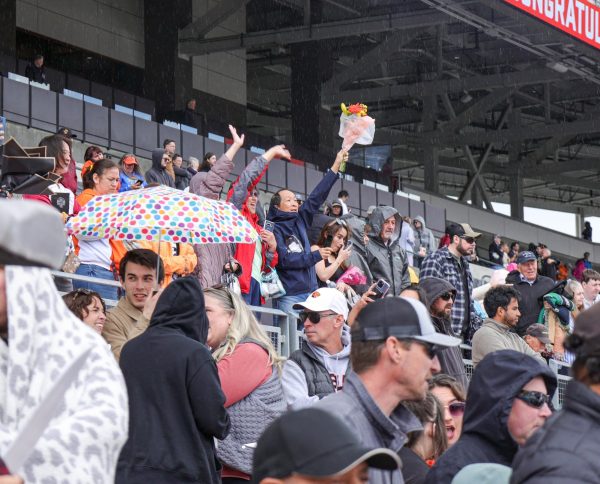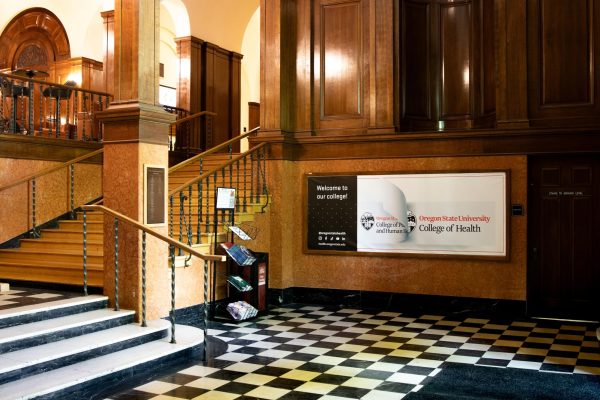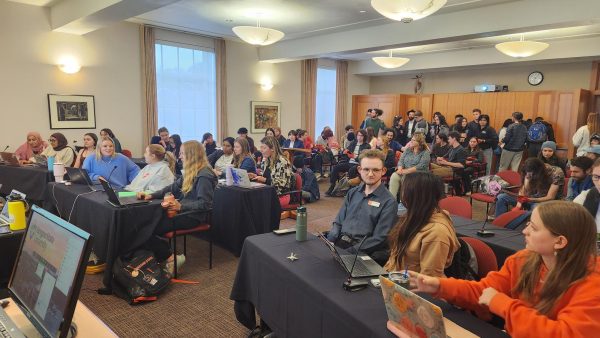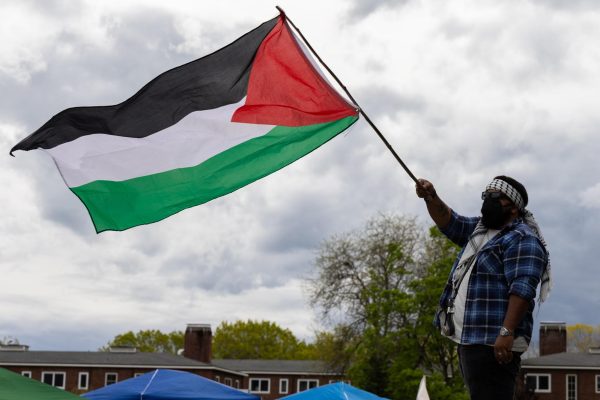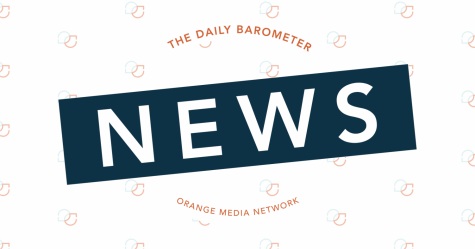Blind grad student uses podcasts to make science accessible for all
November 9, 2022
Oregon State University Graduate student Ashley Neybert is boldly redefining what a scientist can be.
Working alongside Martin Storksdieck, and other members of the STEM Research center at OSU, Ashley and co. are teaching kids, through podcasts, that a scientist doesn’t need to be able-bodied, they could be in a wheelchair, deaf or blind.
Working with Tumble Media, a podcast company that creates educational podcasts for children, Neybert, Storksdieck and the STEM research center are creating science podcasts for kids that feature scientists with disabilities.
“They want to expand what youth, when they listen to podcasts about science, like cool stories about science, what their perception is on who can be a scientist,” said Storksdieck, professor in the College of Education and director of the Stem Research Center. “By featuring scientists, who, in one example, are blind or visually impaired, just to let people know that in order to be a scientist, you don’t have to be a fully able bodied person.”
Neybert understands first hand the importance of disability representation in the field of science.
“I went blind in the middle of my undergrad,” Neybert said. “So I needed to come up with ways to do things and my professor…was like well I’ve never worked with a blind student before. But he just googled blind chemists, he’s like: you couldn’t possibly be the first person who’s trying to do this.”
That google search led to Neybert discovering and meeting Dr. Cary Supalo, a blind chemist.
“I started working with him,” Neybert said. “And it completely changed my world… I’ve always loved science, and so imagining not having that kind of ability to explore your world and how it works was heartbreaking to me.”
Instead of having to give up science and change her degree halfway through her program like Neybert thought she would, she was able to learn new ways to study science, and continue her education.
Now Neybert is excited through this podcast initiative to teach other blind students that you can study science and be blind.
“Everyone deserves to be able to ask those ‘why’ questions and figure out about the world around them and explore,” Neybert said.
Part of this podcast accessibility program is creating tactile pictures and 3D models to go along with the science podcasts.
According to Neybert, podcasters tend to describe things, and if you’re blind it can be hard to conceptualize what is being described, so having those tactile pictures and models is really helpful in blind kids understanding the science concepts explained in the podcasts.
One pioneer in the tactile graphics field is John Gardner, founder and president of Viewplus, a Corvallis based company that aids in making tactile graphics and braille embossers for the blind.
Gardner started the company when he went blind from an eye surgery in 1988, he was a physics professor at OSU at the time and found himself unable to analyze data from his experiments. So he put a team together to create a new high resolution embossing technology.
“We knew that we needed a technology that could make tactile graphics inexpensively, and good,” Gardner said.
As his company grew, blind students began to use tactile graphics more and more.
“Blind people began to tell their sighted teachers, we do need tactile graphics, by the way,” Gardner said. “And we can learn to read them if you’ll just make them and give them to us.”
Now the company is one of the top tactile graphics and braille embosser companies in the world.
“I mean it’s tough to study science when you’re blind,” Gardner said. “Taking labs is a challenge, but there are ways to make the labs, and certainly the materials can be made accessible.”
In the podcast initiative with tumble media, kids can use such tactile graphics and 3D models to better understand the information given.
The last part of the podcast initiative is encouraging children to make their own podcasts, creating a system on which kids can tell stories.
Martin Storksdieck has already implemented this idea with at least two schools for the blind.
“Whether it’s mathematics, whether it’s science, physics, chemistry, meteorology, geology, whether it’s the arts or writing, no matter who you are, you should be able to do this. You should have the same access and you should be as much included as anybody else,” Martin said. “We shouldn’t put barriers up for people that we can avoid.”
When it comes to the future of science and accessibility, especially at OSU, Ashley is hopeful.
“A culture of inclusivity is already here,” Ashley said. “We just need to expand people’s ideas of what is included in that accessibility and inclusivity.”












































































































